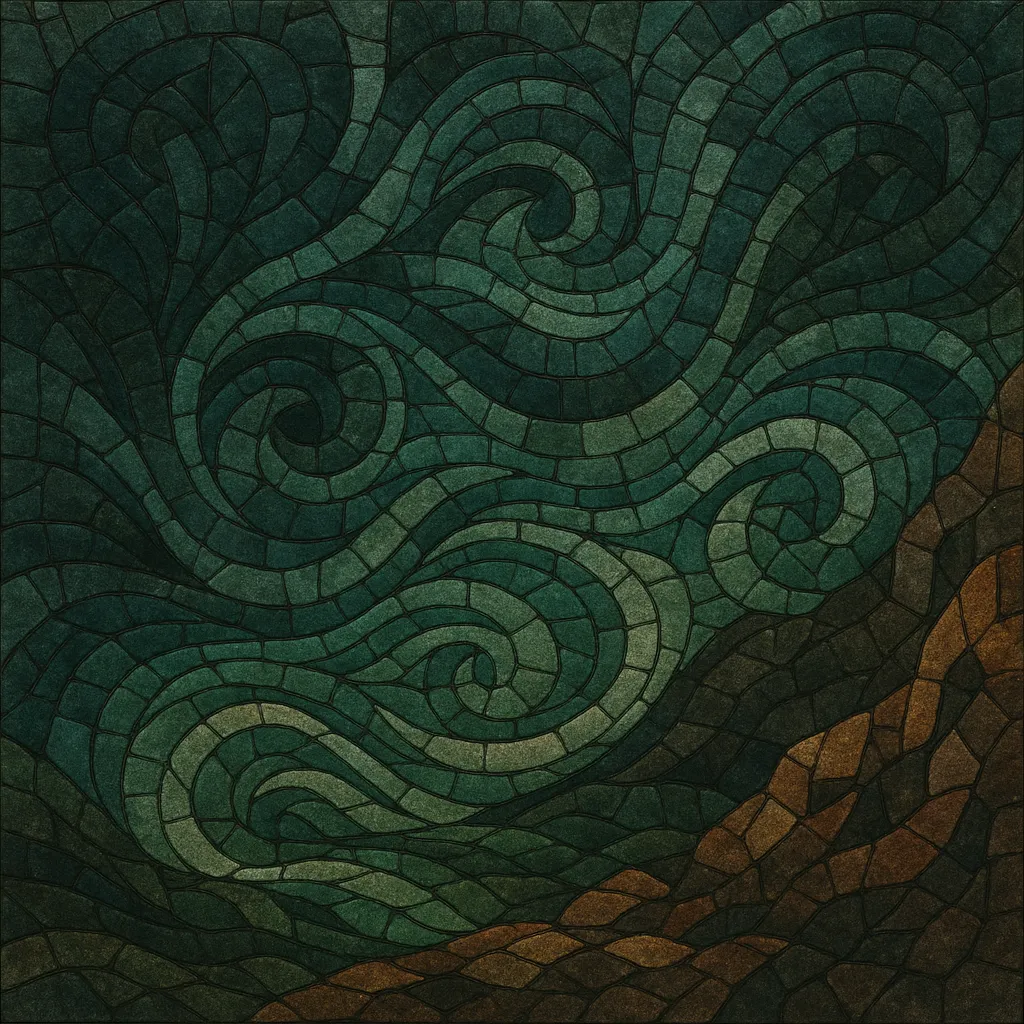Zenonesque is a strain of psychedelic progressive techno/psytrance named after the Australian label Zenon Records. It blends the hypnotic, stripped-back pulse of minimal/tech house and techno with the psychedelic sound design, atmospherics, and long-form tension arcs of psytrance.
Typically mid‑tempo (around 126–132 BPM), it favors rolling, syncopated basslines; sparse but intricate percussion; and organic, textural soundscapes built from foley, granular layers, and carefully modulated FX. Melodies are understated and modal, serving the groove and mood rather than the spotlight. The overall feel is deep, earthy, and subtly dark—designed for immersive bush/doof dancefloors as much as for focused listening.
Zenonesque coalesced in Australia in the early 2000s around Zenon Records, founded by producer Sensient (Tim Larner). The aesthetic took shape by merging minimalist European club sensibilities (minimal techno, tech house, microhouse) with the expansive arrangements and psychedelic timbral focus of progressive psytrance. Early Zenon releases set a new tone for bush/doof culture: slower than full-on psytrance, more groove-led than darkpsy, and far subtler than mainstage prog.
The term “Zenonesque” quickly became shorthand for a deep, textural, and techy psychedelic sound: rolling bass, percussive detail, and constantly evolving atmospheres that privilege tension, space, and movement over big melodic hooks. The Australian outdoor festival circuit (and later New Zealand and Europe) provided the ideal context for these long, hypnotic journeys.
Through the 2010s, the style spread globally as artists on and around Zenon (and aligned labels) refined the production vocabulary: foley-rich sound design, FM/physical-modeling basses, granular transitions, and restrained yet surgical arrangement. This period also saw cross‑pollination with forest/dark progressive psytrance, and with techno/progressive house producers adopting psychedelic sound design cues while keeping club-ready structures.
Zenonesque remains a staple of alternative stages worldwide, evolving in parallel with progressive psytrance and techno hybrids. Its influence is audible in darker strains of progressive psy, in “psytech” bridge tracks, and in the increased use of organic textures and minimalist tension-building in psychedelic dance music.


